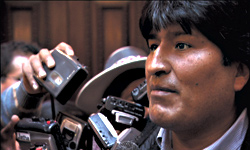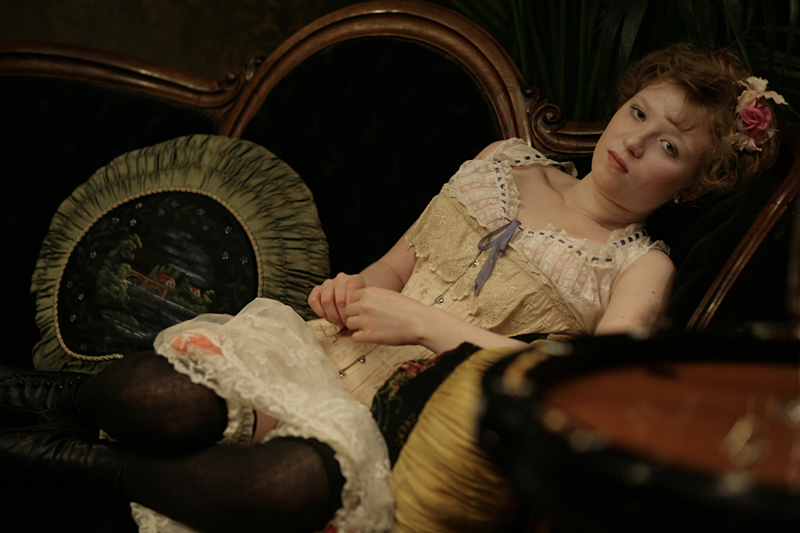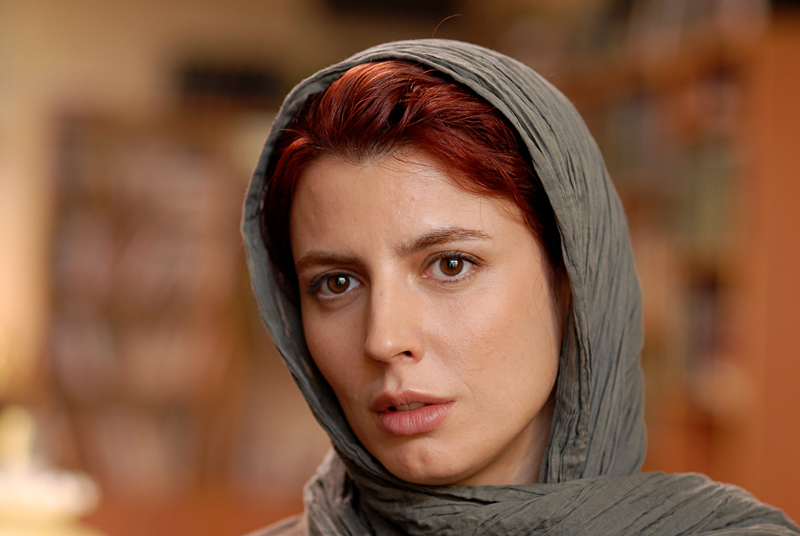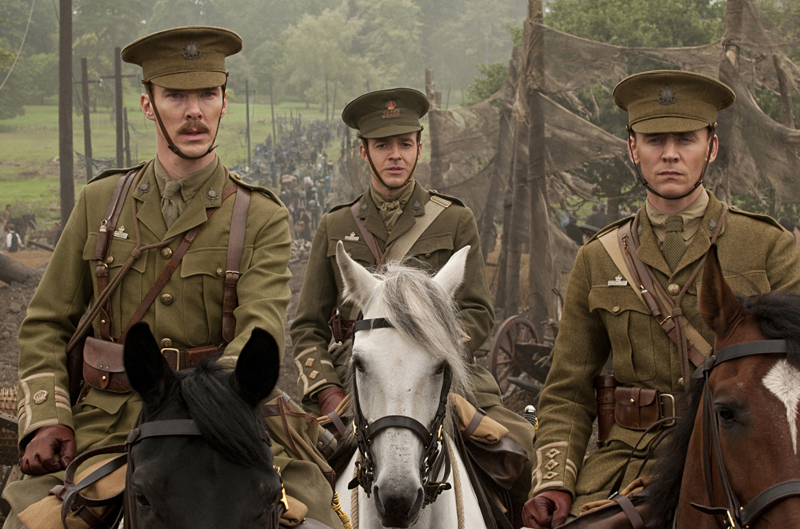Exotic location notwithstanding, Rachel Boynton’s riveting political documentary is a sequel to the Clinton-era campaign vérité, The War Room. Call it spinmeisters abroad: Boynton chronicles the further adventures of ace political strategist James Carville and his associates at GCS as guns for hire in the 2002 Bolivian election. Crisis opens with the October 2003 riots that brought down the government of President Gonzalo “Goni” Sánchez de Lozada, then flashes back one year earlier to Goni on the hustings: Addressing a resplendently color-coordinated (and inexplicably pink) rally, the candidate—a wealthy, American-educated businessman and former president—announces his plan to resolve Bolivia’s current economic crisis. Backstage, he’s calling his inside-the-beltway advisers for new talking points.
As characterized by GCS operative Jeremy Rosner, the American outfit is a “full-service political consulting firm” with an aggressive neoliberal point of view. Carville and company are idealistic globalizationists advocating a brand of “progressive market democracy.” Given Bolivia’s three-year-long recession, Goni’s advisers decide that his “brand” should be crisis; to help establish the point, they try out ads and slogans on focus groups.
The problem is that the badly trailing Goni is a familiar product. Albeit a reformer, he has the problem of running for president of a country—the poorest in South America—where half the electorate hates him, viewing him as an arrogant oligarch who speaks Spanish with an American accent. He faces two main rival candidates: the Quechua-speaking cocalero Evo Morales (whom Rosner dismisses as a populist thug); and multimillionaire Manfred Reyes Villa, mayor of Bolivia’s third largest city. GCS goes negative on the latter, with ads assailing his mansions and military connections.
As impoverished, colorful, and remote as Bolivia is—and as obvious as the conflict between the indigenous masses and the Spanish elite may be—GCS strategy brings our own brand of democracy into bold relief. The beleaguered Reyes Villa goes strategically anti-American; Goni stays on message and lets the negative ads do their work. Although the election results are a foregone conclusion, the campaign turns into a horse race.
From the perspective of 2006, it’s obvious that Morales—elected Bolivia’s first Indian president in 2005—was the real winner. Goni’s store-bought plurality was scarcely a mandate, and after he raised taxes six months later, there were riots in the streets of La Paz. He was later forced to resign, and moved to Washington, D.C., where Rosner admits to Boynton that he and his colleagues had an insufficient grasp of Bolivian history. See this movie, however, and you’ll get some idea of the conditions that brought Morales to power. J. HOBERMAN








